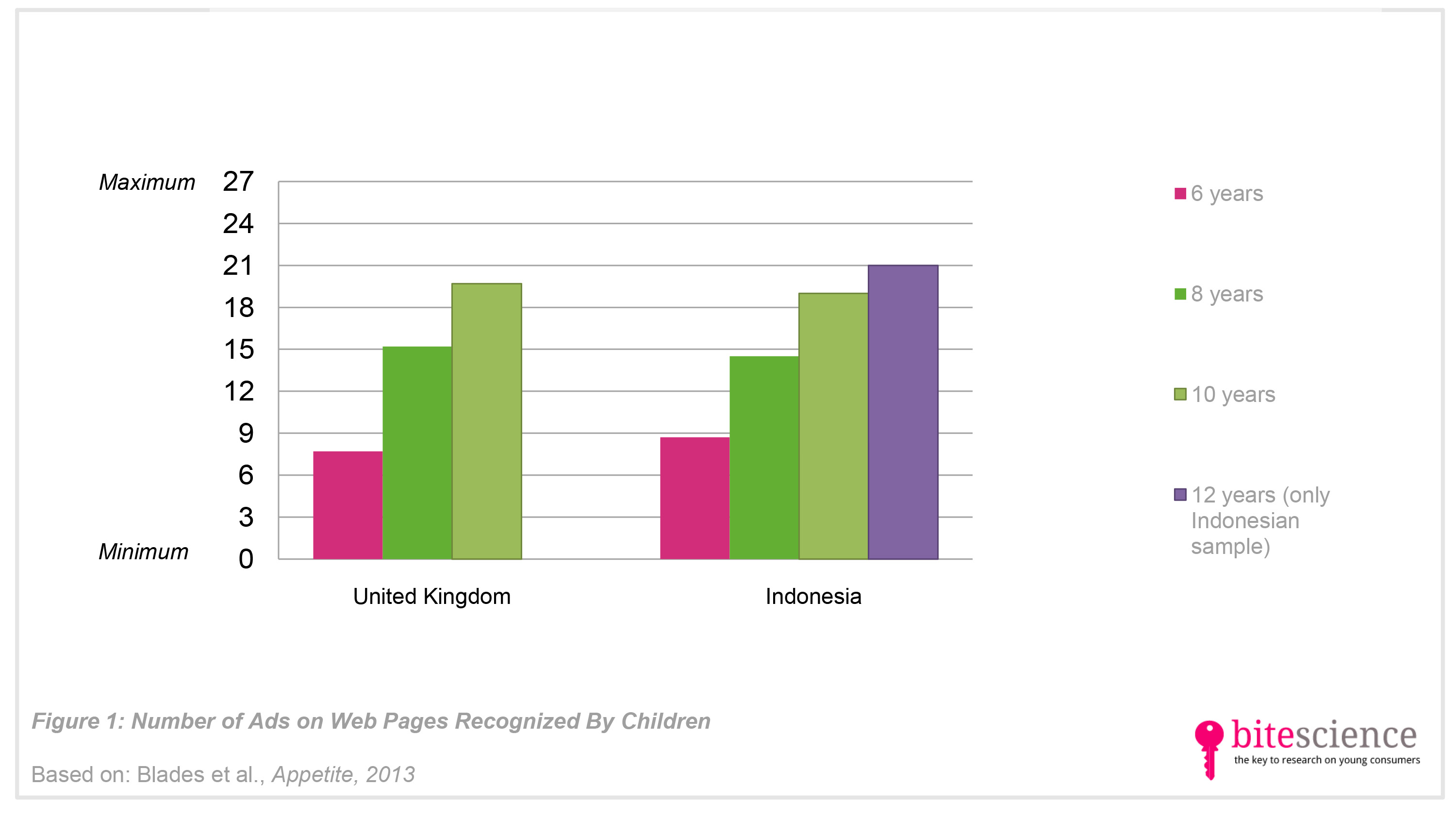
Young Kids Have Trouble Recognizing Web Ads
Online advertising is fundamentally different from traditional TV commercials, because of its more embedded nature. Online ads are often integrated in entertainment or non-commercial types of entertainment. Therefore, researchers of an Appetite study wondered whether children’s (6-12 y/o) identification of ads on web pages differed from their identification of TV ads. It turns out that children’s recognition of web ads develops at a later age (not until 9 or 10 years of age) than their recognition of TV ads (mostly by 8 years of age).
Take aways
- Previous research showed that most children can distinguish television advertisements from program content by 8 years of age.
- Children’s recognition of ads on web pages develops at a later age: it’s not until 9 or 10 years of age that most children are able to identify them.
- Children who are able to distinguish ads on web pages still find it difficult to explain why it is advertising.
- This highlights the need for educational interventions that focus on enhancing children’s recognition of web ads and their reasoning for this at an earlier age.
Study information
The question?
At what age do children identify advertisements on web pages, and how do they recognize them?
Who?
Study 1: 401 children aged 6, 8, 10 and 12 years from the United Kingdom and Indonesia
Study 2: children aged 7, 9 and 11 years from China (sample size unknown).Where?
United Kingdom & Indonesia (study 1), China (study 2)
How?
Study 1: Children where shown printed fictitious web pages with invented ads that included a range of products targeted at children, including food products. The ads were based on ads found on actual websites children visit. Children were asked to identify the advertisements.
Study 2: Children were shown web pages on screen with invented ads for different products, including foods. The children were asked to point out to what they thought was an ad. They were also asked for the reason why they thought an image was an ad.
Facts and findings
Study 1:
- Children experienced difficulties identifying the web ads: 6-year-olds identified only a quarter of the ads, 8-year-olds about half, 10-year-olds about three-quarters, and 12-year-olds more than three-quarters (see Figure 1).
- Although Indonesian children had less experience with the web than English children, no big differences were found in their web ad identification.
- Critical note: In this study the web pages with the invented ads were shown printed, which might have affected children’s identification process.
Study 2:
- Chinese children experienced difficulties with identifying the web ads as well: 7-year-olds only identified about half of the ads, and it was not until 9 years of age that children were able to identify most ads.
- According to the researchers, an explanation is that web ads are usually part of a page and, unlike TV ads, not separated from the rest of the content.
- Most of the younger children (7-year-olds) and nearly half of the older ones (9- and 11-year-olds) found it difficult to explain why they identified a certain image as an ad; many were just guessing or indentified it as an ad because they liked the image or because they thought they had seen it before.
